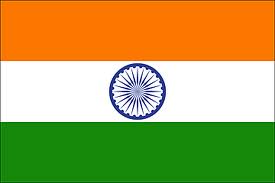 On Wednesday, the Indian Supreme Court will begin final arguments in Novartis’ challenge of Section 3(d) of the country’s patent law.
On Wednesday, the Indian Supreme Court will begin final arguments in Novartis’ challenge of Section 3(d) of the country’s patent law.
In 2006, the Patent Office rejected Novartis’ patent application for the cancer drug imatinib mesylate (sold under the brand name Glivec), finding that the drug was a new salt formulation of a known drug, and therefore unpatentable under Indian Law. Section 3(d) of the Indian Patents Act specifies that patents cannot be granted for “the mere discovery of a new form of a known substance which does not result in the enhancement of the known efficacy of that substance…” Novartis has asked that court to endorse a broad interpretation of the word “efficacy” that would include its product.
Reuters reports that tensions between India and the branded pharmaceutical industry have been rising since the government issued a compulsory license on patents for the anticancer drug sorafenib tosylate earlier this year. Nonetheless, advocates for greater access to medicine strongly support India’s legislation. They note that India’s role as “pharmacy to the developing world” is based on flexible patent laws that allow for generic manufacturing.
Says Leena Menghaney from Médecins Sans Frontières: “If you make patents easily available in India there will be less ability to produce different kinds of generics. Novartis wants patent quantity, while India would like to see a more qualitative system that only awards patents for truly new inventions.”
A good description of 3(d) is presented by Shamnad Basheer & T. Prashant Reddy in The “Efficacy” of Indian Patent Law: Ironing out the Creases in Section 3(d).
For more on the case, see MSF’s “Drop the Case” page. For the other side, see Novartis’ page on the case.




